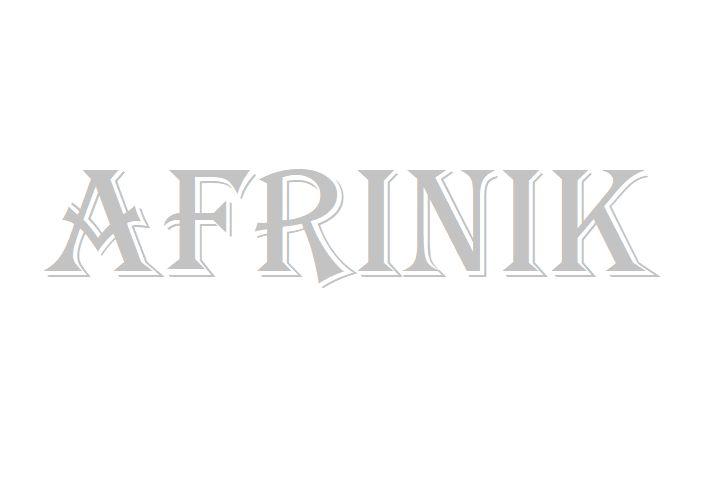The security and humanitarian situation in Ituri, in the east of the DRC, is still worrying as a result of the community violence between the Hema and the Lendu.
According to government sources, this situation is a matter of public order, but the proximity of this province with the two Kivu, weakened by the activism of armed groups for several years is fearing the worst.
This explains the presence on the spot of the Minister of Defense and his colleague from the Interior.
The various statistics published by the UN agencies and local sources testify to the extent of this crisis.
Violence between communities once again erupted in Ituri province in December 2017.
They intensified in February 2018, with deadly attacks in Djugu territory.
Then, on March 1 , there was an attack on the village of Maze that killed 33 people, according to the authorities, and 49 dead according to the Catholic Church.
Another attack targeting two other villages was recorded on 3 March.
Two days later, 13 villages in the Hema community were burned around Bunia, capital of the province.
According to the UN High Commissioner for Refugees (UNHCR), since the beginning of January, more than 42,000 Congolese refugees have landed on the Ugandan shores of Lake Albert to escape attacks.
For its part, Unicef estimates that more than 100 schools have interrupted classes, depriving about 30,000 children of their schooling.
UN sources mention the statistics of around 250,000 IDPs.
At the level of care in Bunia, the teams of Médecins sans Frontières offer mental health consultations, since people arriving in Bunia are traumatized by the violence they witnessed or suffered, reported by the NGOs.
